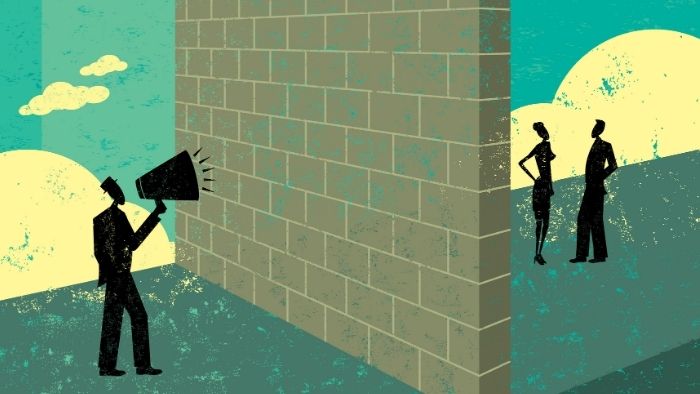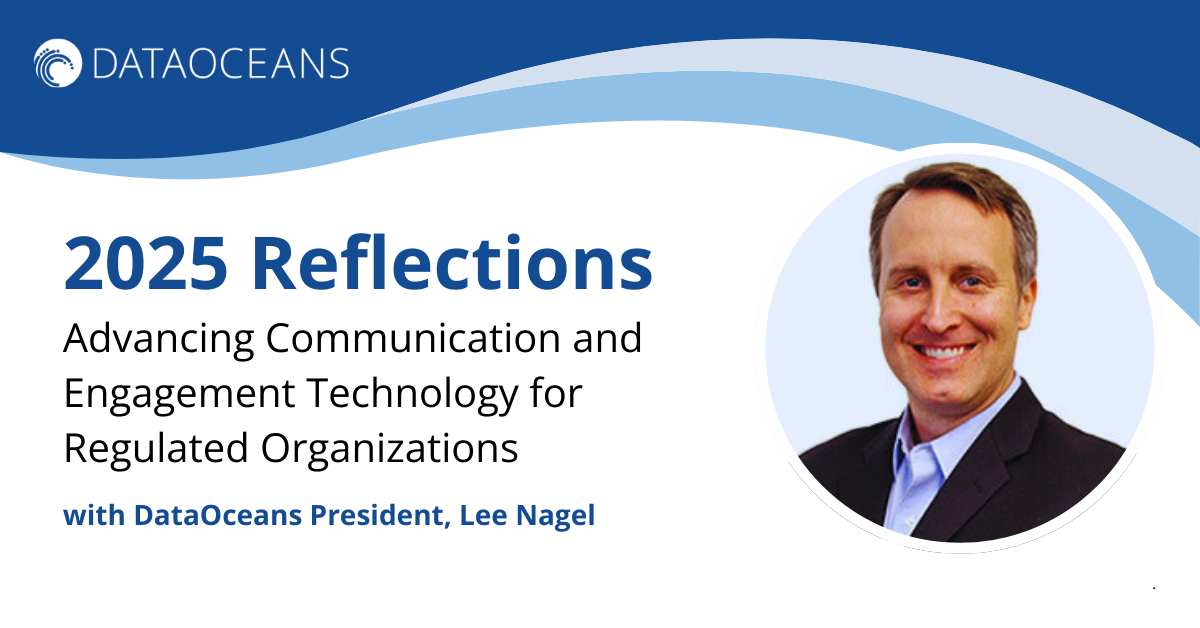As we continue to embrace the “new normal” in society and in business, several trends are taking shape faster than anticipated. One of those is the shift in engagement and spending habits to online and digital solutions and reduced-contact channels.
According to a recent consumer sentiment study by McKinsey & Company, the U.S., India, South Korea and Japan have all seen increases in online shopping since the Covid-19 pandemic started impacting our lives. It’s easy to think that the economy will return to business as usual after the pandemic subsides. However, the report goes on to further acknowledge that many of these consumers intend to continue with their behaviors after Covid-19, whenever that may even be.
Covid-19 has created a climate of fear, isolation and uncertainty among consumers. Changing channels could cause businesses to experience delays in payments, increased service costs and rising customer churn. Digital transformation is now a priority. By now all of us have seen the meme:
“Who led the digital transformation in your company?”
• CEO
• CTO
• Covid-19 (circled)
The Amazon Effect
When I began a new role in 2010, e-commerce was the fastest-growing sales model for business-to-consumer (B2C). It became even more accelerated for business-to-business (B2B), and our team constantly heard, “We want an Amazon-like experience.” As an e-commerce veteran, I won’t dive into this statement. However, what Amazon did do was make it easy for consumers and businesses to purchase a wide range of products from their homes and desk chairs rather than venturing elsewhere.
We are now seeing our own business models shifting to place greater emphasis on tech-enabled sales, marketing and customer success. Use of video meetings, conferences, webinars and other virtual events is only increasing and could further advance the shift to fewer human interactions for even more complicated inquiries, purchases and services. We experienced the “Amazon effect” in e-commerce over the last decade, and we are now seeing the same impact affecting our personal expectations. Who needs (or wants) to go to the branch or store when they can get what they need from the comfort of home?
This at-home, reduced-touch model continues to grow with the disruption and success of Disney’s Trolls World Tour and other straight-to-streaming movies. Or, how about going to the gym? Home fitness startup Mirror is now in discussions with Lululemon about a $500 million acquisition. Why didn’t I think of it? Or, how about Peloton? I am one of those new subscribers who joined the revolution during quarantine and will continue the service long after it ends, provided I continue to receive the same value.
Failure to Communicate
And so questions arise: How do companies adapt, improvise and overcome? What is the “new normal,” and how can organizations differentiate themselves when there is less personal interaction?
As in most situations, communication is key. Organizations that lack an effective strategy for digital transformation and consistent and persistent touch points are putting their brand and relationship with their customers at risk. I’m fond of paraphrasing a statement from a digital pioneer, Sahal Laher, in a talk from a few years ago: Customers know brands, not channels. Therefore, I believe customers want and expect the same level of personalization and sophistication whether they choose to come into your brick-and-mortar location or phone your call center, or if look to self-serve. Customer-centric, intuitive omnichannel communication and service experiences are a must for more than just millennials now.
This is even truer in industries that notoriously have had a more personal relationship between customers and vendors. In the banking and financial services industry (BFSI), this is no longer the case. In fact, ask yourself: When was the last time you physically walked into your bank or credit union? I opened a new account nearly 18 months ago for my daughter and haven’t visited the branch since. I challenge anyone to name someone at your credit union or bank you know on a first- or second-name basis. So how, then, do these institutions continue to differentiate themselves? Is it through their product offerings? I’m pretty certain all credit unions and banks have savings accounts, checking accounts, money markets, credit cards, home and auto loans, online services, etc. What’s keeping me as a customer of my credit union? Or my bank? Or my other bank? Candidly … nothing.
Therefore, it’s important that the service and communications you deliver are consistent and personalized, and that they add value. It’s also important to communicate with your customers in all mediums you have available, and they should in turn begin to trust you and let you know the value channel they want to engage with. Delivering poor digital communication and service experiences in a Covid-19 world could turn away customers at a time when organizations cannot afford any churn.
Communication Actually Works
At the end of the day, communication still comes down to people, processes and technology. First and foremost, employees who are empowered and empathetic can create stronger relationships with customers. You should also have a process in place to leverage the right strategy of communication — i.e., refrain from sending out promotional offers before you fix customers’ problems. Lastly, it’s imperative to create a strategy for delivering more consistent and personalized interactions.
Many times companies feel they are competent in these three pillars, but the reality is that many have data living in silos or integration leakage points, which can lead to poor or nonexistent customer communication. Addressing these challenges may seem daunting; however, not fixing the problems only leads to customer frustration. As Led Zeppelin would say, “Communication breakdown; it’s always the same. I’m having a nervous breakdown. Drive me insane.”
Originally published on the Forbes Business Development Council



.png)
.png)